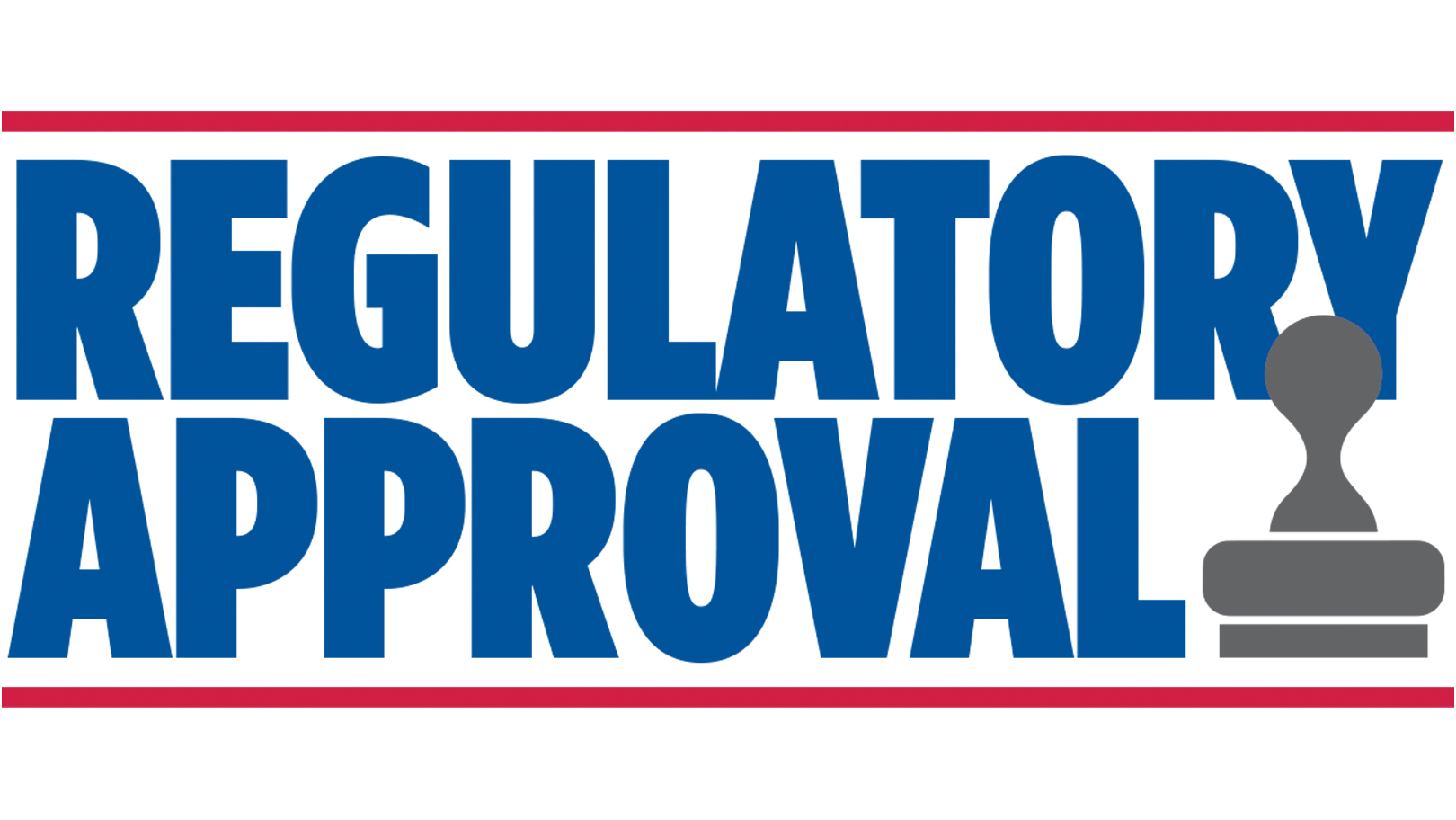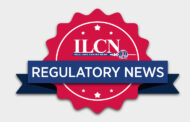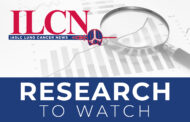October 15, 2021— Based on the results of phase III IMpower010, atezolizumab was approved by the U.S. Food and Drug Administration (FDA) as adjuvant treatment after surgery and chemotherapy for patients with stage II-IIIA NSCLC and with a PD-L1 expression level of ≥ 1%. The VENTANA PD-L1 (SP263) Assay also was approved as a companion diagnostic device for determining PD-L1 expression.
Swift approval was possible because the application was reviewed through the FDA’s Project Orbis initiative, which facilitated simultaneous review of applications in the United States, Switzerland, the United Kingdom, Canada, Brazil and Australia. Additionally, the FDA reviewed and approved the supplemental application under its Real-Time Oncology Review pilot program.
Atezolizumab is approved for other indications within lung cancer. However, this this is the first immunotherapy approved for adjuvant therapy of NSCLC, regardless of PD-L1 status. Atezolizumab is also approved as part of front-line management of extensive-stage SCLC in combination with carboplatin and etoposide).
About Impower010
IMpower010, first presented at ASCO 2021 and then updated at WCLC 2021, showed a 34% reduction in the risk of disease recurrence or death (HR = 0.66; 95% CI: 0.50-0.88) for those patients with stage II-IIIA NSCLC and PD-L1 expression of ≥ 1% who received atezolizumab post-surgery and chemotherapy vs. best-supportive care (BSC).
Nasser Altorki, MD, of New York-Presbyterian Hospital, Weill Cornell Medicine in New York City, presented the WCLC 2021 data. Dr. Altorki and co-investigators across 22 countries and regions enrolled 1,280 patients with completely resected stage IB (tumors ≥ 4 cm)-IIIA NSCLC (AJCC/UICC v7) and an ECOG performance status of 0-1. Patients received up to four 21-day cycles of cisplatin-based chemotherapy, and 1,005 patients were subsequently randomized 1:1 to atezolizumab 1,200 mg or to BSC. Atezolizumab was given every 3 weeks for a full year (16 cycles) or until disease recurrence or unacceptable toxicity. The primary endpoint of investigator-assessed disease-free survival was tested hierarchically in the PD-L1 TC ≥1% (SP263) stage II-IIIA population, all-randomized stage II-IIIA population, and finally the ITT population (stage IB-IIIA).
Surgery type, disease stage, mediastinal nodal assessment, and cisplatin-based chemotherapy regimens were well balanced between the atezolizumab and BSC arms. In the ITT population, the most common surgery was lobectomy (78.1%); 15.9% underwent pneumonectomy and 5.0% underwent bilobectomy. Mediastinal lymph node dissection or sampling was performed in 80.7% and 18.0% of patients, respectively. The majority of patients (76%-95%) across different chemotherapy treatments in both arms received the planned four cycles of chemotherapy.
In the ITT population, median time from surgery to first atezolizumab treatment or BSC was 5.2 months (range, 2.4-7.7) and 5.1 months (range, 2.3-8.0), respectively. In this exploratory analysis, the forest plots showed that disease-free survival (DFS) in the PD-L1 TC ≥1% stage II-IIIA and all-randomized stage II-IIIA populations favored the atezolizumab vs BSC arm across most disease stages, surgery types, and chemotherapy regimens.
“Patients who participated in the IMpower010 trial, including patients with nodal involvement, saw benefit across disease stages (stage II-IIIA sub-populations),” Dr. Altorki reported.
The major efficacy outcome measure was DFS as assessed by the investigator in the primary efficacy analysis population (n = 476) of patients with stage II-IIIA NSCLC with PD-L1 expression on ≥ 1% of tumor cells (PD-L1 ≥ 1% TC). Median DFS was not reached (95% CI: 36.1, NE) in patients on the atezolizumab arm compared with 35.3 months (95% CI: 29.0, NE) on the BSC arm (HR 0.66; 95% CI: 0.50, 0.88; p = 0.004).
In a pre-specified secondary subgroup analysis of patients with PD-L1 TC ≥ 50% stage II-IIIA NSCLC, the DFS hazard ratio was 0.43 (95% CI: 0.27, 0.68). In an exploratory subgroup analysis of patients with PD-L1 TC 1-49% stage II-IIIA NSCLC, the DFS hazard ratio was 0.87; (95% CI: 0.60, 1.26).
Fatal and serious adverse reactions occurred in 1.8% and 18%, respectively, of patients who received atezolizumab. The most frequent serious adverse reactions (> 1%) were pneumonia (1.8%), pneumonitis (1.6%), and pyrexia (1.2%).
The most common (≥ 10%) adverse reactions in patients receiving atezolizumab, including laboratory abnormalities, were increased aspartate aminotransferase, blood creatinine, and alanine aminotransferase; as well as hyperkalemia, rash, cough, hypothyroidism, pyrexia, fatigue/asthenia, musculoskeletal pain, peripheral neuropathy, arthralgia, and pruritus.
The approval does not come without some degree of controversy. “Although atezolizumab has ‘blanket’ approval post-adjuvant chemotherapy for all patients with resected stage II and IIIA disease who also have any degree of PD-L1 expression, some of us are a bit skeptical about using this agent in patients whose tumors harbor 1-49% expression,” indicated Corey Langer, MD, the editor of the ILCN. “The confidence intervals for DFS in this group, in an exploratory analysis, cross 1, and we’ve yet to see overall survival data. We have to balance putative benefit with cost, convenience, and toxicity in this cohort.”




